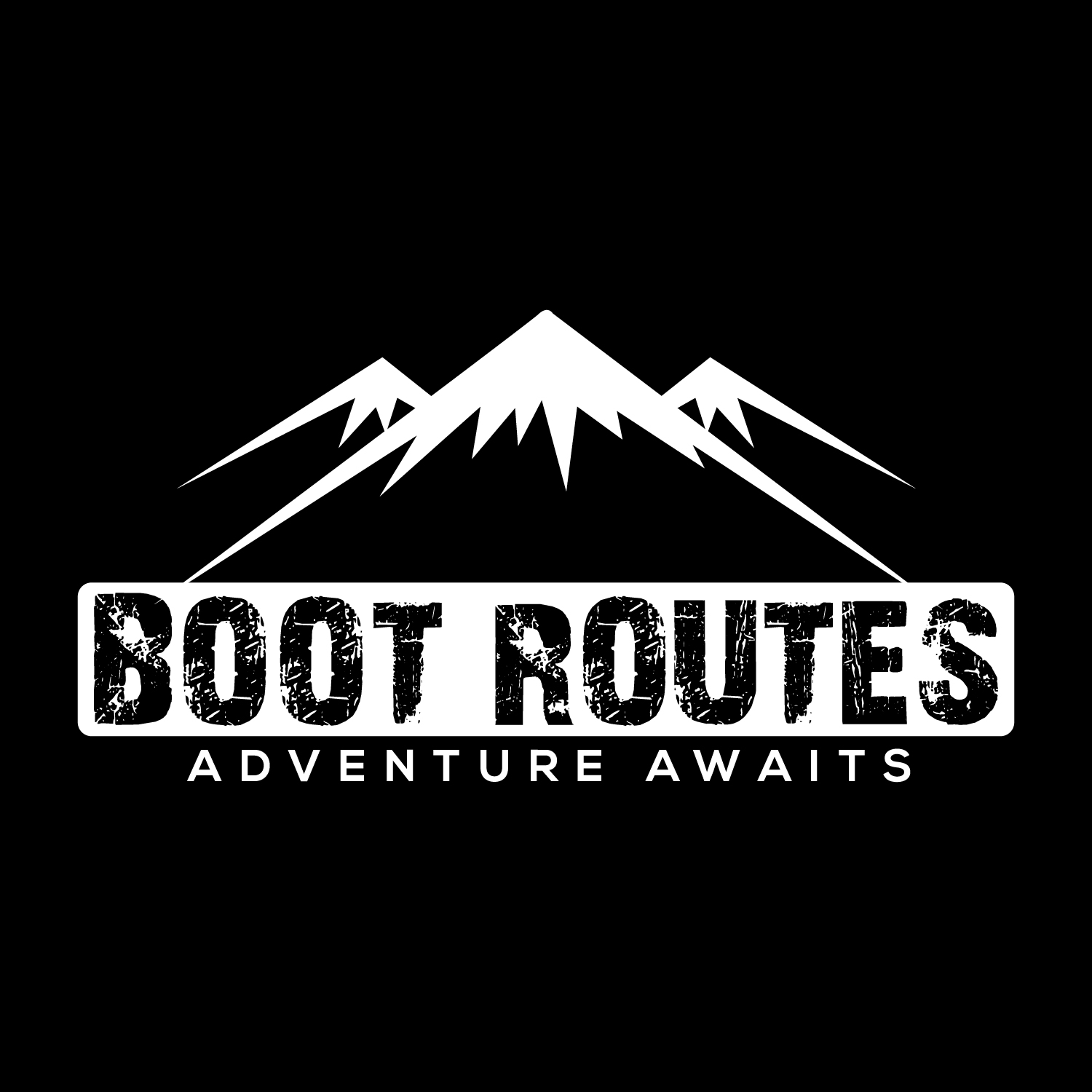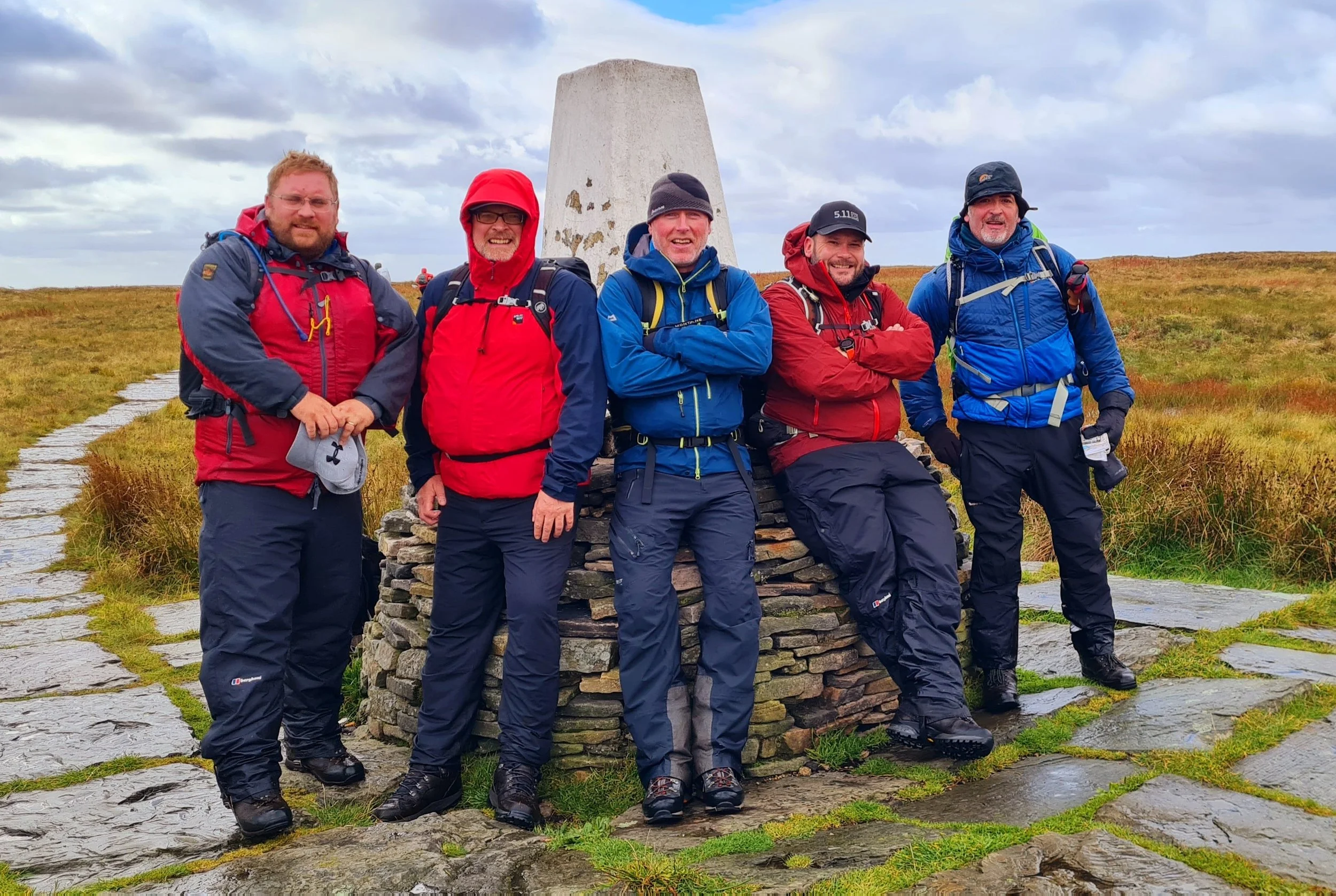Before every guided walk or mountain event, a safety briefing is one of the most important things you’ll deliver as a leader. It’s not just about ticking boxes — it’s about professionalism, confidence, and risk management.
Whether you’re leading a Duke of Edinburgh group, guided walk, navigation course, or a specialist team, your safety brief sets the tone for the day ahead.
Why Deliver a Safety Brief?
There are three main reasons why every leader should deliver a formal briefing before heading out:
1. Safety and Risk Management - A safety brief tells people what hazards to expect, what to do in an emergency, and how to stay safe throughout the day.
2. Legal and Professional Duty - Under the Health and Safety at Work Act (1974), self-employed guides and outdoor professionals are required to take reasonable steps to ensure the safety of their clients. This includes planning, risk assessment, and communicating those risks clearly. Your insurance provider will almost certainly expect it too — many policies explicitly require a “detailed safety briefing prior to all activities.”
3. Confidence and Group Management - A well-delivered brief builds trust. It reassures your group, gives them confidence in you as their leader, and sets expectations for behaviour, pace, and teamwork. Fail to brief, and you’ll struggle to show that you took all reasonable precautions if anything goes wrong.
Professional Guidelines
Organisations like Mountain Training and other professional bodies expect a briefing as part of best practice.
The National Guidelines highlight three key principles:
Identify group or individual needs (age, ability, experience, interests).
Establish participants’ needs and abilities.
Minimise risk by being familiar with your group’s strengths, weaknesses, and experience.
You can only do this effectively by talking to your group — and that begins with your safety brief.
Practical Benefits
A proper briefing:
Reassures participants.
Reduces the likelihood of accidents.
Helps manage risk and expectations.
Demonstrates your professionalism and preparation.
Builds confidence — for both you and your group.
Tips for Delivering Your Brief
Arrive Early - Get there well before your group. Sort your kit, check the route, and be ready before they arrive. It looks professional and gives you time to double-check the first navigation leg — where most errors happen!
Present Professionally - Don’t wear sunglasses while briefing — eye contact builds trust. Position your group with their backs to the wind so they’re comfortable, even if it means you take the weather in the face. Choose a safe, quiet location such as a corner of a car park — never on a road or a busy path where you’ll be interrupted.
Keep It Short - Two to five minutes is enough. Make it clear, relevant, and free of jargon. Young people, in particular, have shorter attention spans — so get to the point.
Know What They’ve Been Told - If you’re freelancing, check what information has already been sent to participants — route details, timings, or kit lists — to avoid confusion or contradictions.
Use Acknowledgement of Risk Forms - Many organisations ask participants to sign a form confirming:
They have the required kit.
They’re fit, sober, and will follow instructions.
They’ve disclosed relevant medical conditions.
Keep spares and a couple of pens handy.
The “IDIOMS” Safety Brief Format
Over the years, I’ve used many briefing formats — from military-style SMEAC to IIMARCH and ABC — but the one that’s worked best for me is a simple mnemonic:
IDIOMS
I – Introductions
Introduce yourself, then go around the group. Ask names and interests — you might find a botanist, geologist, or wildlife enthusiast who can add value to the day. It’s a great way to break the ice and learn more about your team.
D – Discuss the Route / the Day
Outline the day’s plan — objectives, timings, and key points. I use another mnemonic here:
STORY
S – Summits
T – Timings
O – Objectives
R – Route
Y – Your own kit / group kit
Let them know what equipment you carry (first aid kit, group shelter, blister kit), so they know where to go for help.
Avoid showing the entire route — it prevents faster walkers from racing ahead and keeps the group together.
I – Inspect
Do a quick visual check: suitable footwear, weather-appropriate clothing, realistic rucksack weight, etc.
If needed, check waterproofs or lend spares. You’ll spot potential issues early without embarrassing anyone.
O – Observations
Discuss the weather forecast and agree on your priorities.
Ask: “Is my job to get you to the top, or to get you all back safely?”
When everyone agrees it’s about getting back safely, it gives you authority to turn around or change plans if conditions worsen.
M – Medical
Confirm any medical conditions and check people have their medication (inhalers, EpiPens, etc.).
If you’re working with youth groups, don’t print medical forms — store them securely on your phone to avoid GDPR breaches.
S – Safety
Highlight specific hazards: livestock, steep ground, ticks, road sections, or water crossings.
Give clear safety instructions:
Stick together.
Stop at junctions or obvious features.
Walk single file on roads facing traffic.
Be tick-aware in high-risk areas.
A real-life example: on the Isle of Mull, a bit of preparation and briefing on tick prevention meant my group of eight only picked up one tick, compared to another walker we met who had 182 — and Lyme disease.
The “IDIOTS” Option
If medical isn’t relevant to your group, you can swap it for T – Toilets, to talk about facilities or lack thereof on the route!
Wrapping Up the Brief
At the end of the briefing, ask if there are any questions, Then give the group 5 minutes to get themselves sorted, refill bottles, grab forgotten kits or visit the toilet. Your briefing may have prompted them to remember something important they had forgotten.
Post-Walk: The SHITE Debrief
At the end of the day, a quick SHITE debrief helps close things out professionally and identify lessons learned:
S – Safe? Was it?
H – How did it go? Could it be improved?
I – Injuries or near misses?
T – Training needs (for you or your team).
E – External feedback (issues with routes, stiles, signage, etc.).
It’s also a handy time to collect any kit you loaned out during the walk!
Final Thoughts
A good safety briefing isn’t about being overcautious — it’s about leadership, professionalism, and care.
It protects you legally, reassures your group, and ensures everyone enjoys the day safely.
YouTube Video















